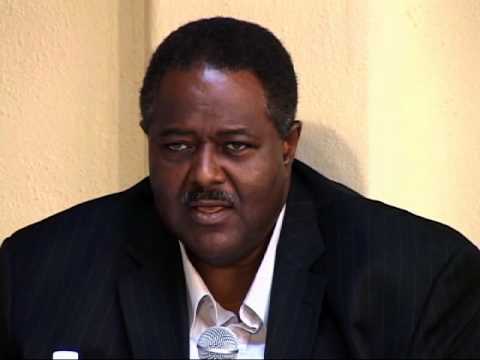Executive Summary
The Public Policy Issue
Minnesota’s greatest water quality challenge – “non-point source” pollution – is not getting solved at the watershed scale, which is needed to impact the problem for the long-term. To date, roughly 40 percent of Minnesota’s assessed waters have been found to be impaired (not meeting state water quality standards). The majority of those impairments come from “non point sources” of pollution – diffuse pollution created by the diverse land uses taking place across Minnesota’s landscapes.
The Need a New Approach to Water Governance
In Minnesota we have a significant amount of infrastructure in place that impacts the issue of water quality – households, farmsteads, businesses, congregations, non-profits, academia, and government. All of these institutions have a role to play in managing the health of our state’s waters. Yet these institutions do not see themselves as accountable for clean water goals, nor do they have the governance capacity or cross-sector, cross-regional infrastructure needed to work across and between watersheds on clean water goals. Instead, government agencies bear the lion’s share of responsibility for governing our state’s water resources. As a result, we are not making sufficient progress in meeting our state’s clean water goals. There are an increasing number of leaders within government and within these diverse institutions who agree we need a new approach to water governance and policymaking, one that can be integrated into our existing systems.
Proposed Solution Strategy
The Civic Governance policy pilot, which includes citizen leaders from government agencies, community-based organizations, and academia, is a response to this need. We are developing and testing a new approach to water governance in Minnesota – a “Civic Governance” model that demonstrates how to develop and practice the governance capacity needed in all institutions to achieve our state’s water quality goals. And we are expanding this solution strategy to a larger, statewide scale.
What’s Working
- We have developed a model for Civic Governance that, if sustained, can be expanded to produce water quality impact. Our “network” map illustrates working relationships we are building across sectors, regions, and watershed scales.
- We have developed specific guidelines for members of Civic Governance Organizing Agencies (OAs) to adapt and integrate a civic organizing approach into strategic planning, education and outreach, and existing boards to ensure a focus on governing for the common good and the organizing capacity needed to increase ownership, accountability, and scale of impact in the process of advancing best water quality practices.
- We have developed an integrated educational track that links practice to civic policymaking and advances a Civic Policy Agenda.
- We have developed and are now advancing a Civic Governance Policy Agenda from our practice, which includes the following recommendations for any water quality program or project:
- Water quality restoration and protection work must be linked to active citizenship and a higher purpose (i.e., all citizens in communities and institutions have a central role in and obligation in a democracy to solve the challenge of water pollution and to work toward the common goal of clean water).
- In order to ensure there are effective and sustainable local efforts to control water pollution within watersheds across Minnesota, we must develop the civic capacity of local leaders willing to engage in all aspects of the policy making process (including strategic planning, civic engagement, and transparent, accountable decision-making)
- In order for active citizens and civic leaders to emerge and thrive within watersheds, all institutions collaborating toward the goal of clean water must establish internal policies that develop the identity of active citizenship, civic capacity and the civic infrastructure needed to have a meaningful governing role in the process. This requires a dedication of resources to civic development across time, sectors, and generations.
- Advance recommendations 1-3 as a Civic Policy
What Is The Gap (Challenge)
- The power dynamic that sustains current practices in water resource management is difficult to impact.
- Lead organizers work to build a bridge between the higher principles that define Civic Governance and the principles of their sector, but in doing so they must go against the current culture within their systems.
- Current understanding of policy is still interpreted as being developed by the “boss” and “the government” with citizenship being a response separate from more immediate roles of value.
- Closing the gap takes focus by individuals in a civic organizing agency to restructure their time, to learn from practice, sustain governing membership in a civic organizing agency until there is some evidence of the value of change.
Next Steps
- Stay focused on developing the identity of lead organizers and their capacity to sustain and strengthen current Civic Governance civic infrastructure.
- Goal is “good enough” lead organizing capacity by December 2015 to meet criteria for Stage 1 and move forward as a Demonstration in Civic Governance.
- Advance policy recommendations (See attached Civic Governance Policy Agenda



